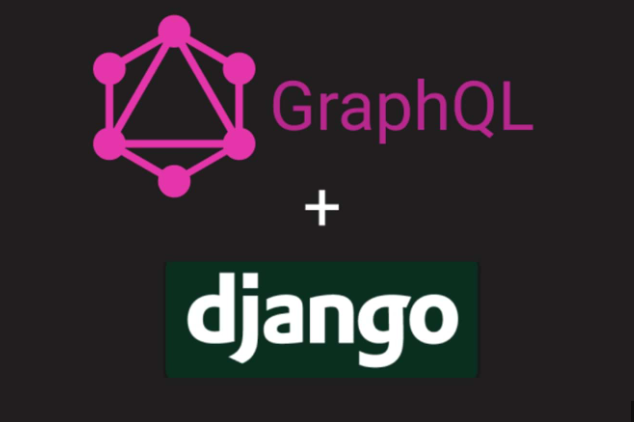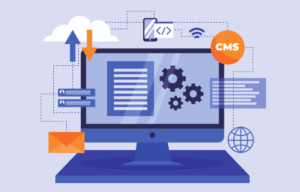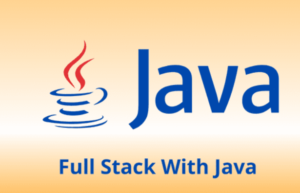Title: Django and GraphQL: Integrating GraphQL with Django
Introduction:
GraphQL is a powerful query language and runtime for APIs that provides flexible data fetching and efficient client-server communication. Integrating GraphQL with Django can enhance the development experience and improve API performance. This article explores the process of integrating GraphQL with Django, enabling developers to leverage the benefits of GraphQL in their Django applications.
- Understanding GraphQL and its Advantages:
- Introduction to GraphQL and its key features
- Comparison between RESTful APIs and GraphQL
- Benefits of using GraphQL with Django
- Setting Up a Django Project:
- Creating a new Django project or using an existing one
- Installing required dependencies for Django and GraphQL integration
- Configuring the Django project for GraphQL support
- Defining GraphQL Schemas:
- Creating GraphQL schema files for defining types and queries
- Mapping Django models to GraphQL types
- Implementing GraphQL mutations for data modification
- Building GraphQL Resolvers:
- Writing resolver functions to handle GraphQL queries and mutations
- Retrieving and manipulating data from Django models
- Implementing data validation and error handling in resolvers
- Integrating Django and Graphene:
- Installing and configuring the Graphene library for Django
- Connecting Django models and GraphQL types using Graphene
- Defining resolvers for GraphQL fields using Graphene’s resolver decorators
- Querying Data with GraphQL:
- Constructing GraphQL queries to fetch data from Django models
- Utilizing GraphQL’s query syntax for precise data retrieval
- Implementing filtering, pagination, and sorting in GraphQL queries
- Mutations and Data Modification:
- Performing create, update, and delete operations with GraphQL mutations
- Validating and processing user input for data modification
- Handling complex mutations involving multiple related models
- Authentication and Authorization in GraphQL:
- Implementing authentication and authorization mechanisms in GraphQL
- Integrating Django authentication system with GraphQL
- Applying fine-grained access control using GraphQL directives
- Performance Optimization:
- Caching GraphQL queries and results to improve performance
- Implementing data loaders to efficiently resolve nested data
- Optimizing database queries with GraphQL batch loading techniques
- Error Handling and Debugging:
- Handling errors and exceptions in GraphQL requests
- Customizing error messages and formatting in GraphQL responses
- Debugging GraphQL queries and resolving common issues
- Testing and Documentation:
- Writing unit tests for GraphQL resolvers and mutations
- Generating GraphQL documentation and schema introspection
- Utilizing GraphQL client libraries for testing and API exploration
Conclusion:
Integrating GraphQL with Django empowers developers to build efficient and flexible APIs. By following the steps and best practices outlined in this article, you can seamlessly integrate GraphQL into your Django projects, leverage its advantages for data fetching, and provide a superior developer experience for consuming your Django API. The combination of Django’s robustness and GraphQL’s flexibility opens up new possibilities for building modern, scalable web applications.




